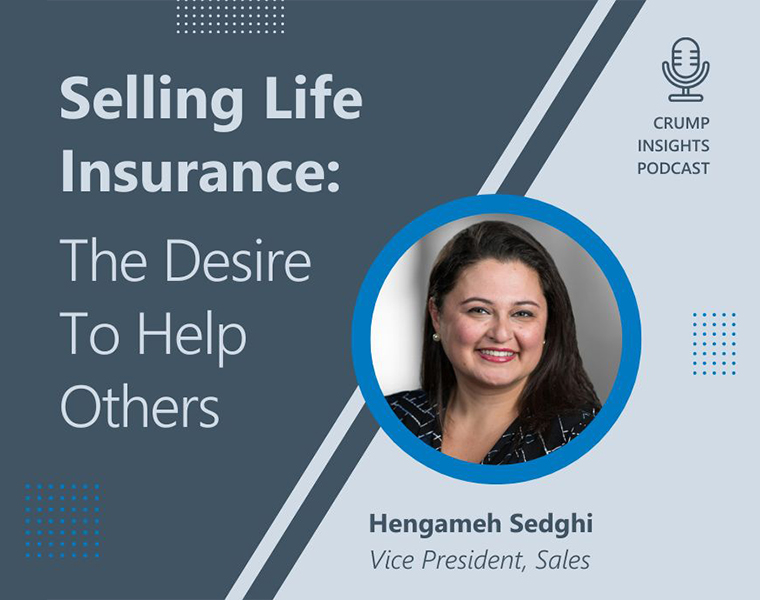Life insurance has adapted to changing markets and cultural shifts over nearly two centuries, maintaining its core purpose: to provide stability when families need it most. This stability is more crucial than ever. With fluctuating markets and rising living costs, financial security feels fragile for many, even those who save diligently.
Unlike market-driven assets, life insurance offers a reliable safeguard, protecting income and family goals while providing peace of mind. Despite this, only about half of Americans have life insurance coverage¹ and younger generations continue to hold misconceptions about the cost and product complexity, which prevent many from securing this essential layer of protection.
Opportunities to Educate About Life Insurance
LIMRA’s 2025 Life Insurance Barometer Study identifies four primary reasons consumers remain without coverage:
- 46% perceive it as too expensive
- 33% prioritize other financial obligations
- 22% are uncertain about the amount or type of coverage they need
- 21% acknowledge they have delayed the decision
Of these barriers, only one is directly tied to affordability. The others — cost perception, lack of product understanding, and procrastination — represent areas where financial professionals can have the greatest influence. Through education, guidance, and timely engagement, these challenges can be addressed effectively. With Crump’s resources and experience, financial professionals are well positioned to help clients overcome hesitation and move forward with confidence.

Don’t Let it Be a Guessing Game
One of the most persistent misconceptions about life insurance is its cost. LIMRA's research shows that younger adults — particularly those under 35 and healthy — overestimate the price of life insurance by 7 to 12 times its actual cost.²
The striking part: the study shows more than half admit their estimates are based on nothing more than a “wild guess” or “gut feeling."³
For financial professionals, this presents a clear opportunity. By breaking down the real numbers — often comparable to the price of a monthly streaming subscription — they can show clients that life insurance is an affordable first step toward long-term security.

Looking Through a Generational Lens
Generational trends highlight how perceptions and priorities shift over time:
Gen Z (ages 18–28 in 2025)
In their early 20s, procrastination is the top reason they delay purchasing coverage. By their late 20s, cost misperceptions and product confusion become the larger barriers.
Millennials (ages 27–44 in 2025)
Deep into careers, mortgages, and family responsibilities, Millennials are now the most financially concerned generation.⁴ Many express interest in life insurance as a supplemental retirement vehicle, but lack confidence in selecting the right product.
More than 25% of younger adults report not owning coverage because they don’t understand the available products, and a similar proportion of Gen Z adults say the lack of coverage is due to not being approached.⁵ With nearly 40 million Gen Z adults in the U.S., this signals opportunity.⁴ Younger clients are already thinking about stability, legacy, and even retirement income — they simply need guidance navigating their options.
Additionally, the best time to buy life insurance is while clients are young and healthy. Premiums are lower, options are broader, and coverage can be secured before unexpected health changes affect insurability. This is one of the most practical reasons financial professionals should engage with younger clients today.

Statistics Highlight the Gap — Personal Stories Illustrate the Impact
Hengameh Sedghi, a sales vice president at Crump, experienced the consequences of insufficient coverage firsthand. While in college, she lost both of her parents, and the family businesses had little insurance protection in place.
“I was one of the lucky ones; I had my aunt and uncle, who helped me. They helped me graduate on time and took care of the hard stuff. I get up thinking I get to do this work so that someone else won’t have to worry about their schooling, their housing, their sense of normal, she explains. It's hard to see how many fundraisers are needed after a loss of a loved one because people put off planning for a 'better' time."
Her experience is one of many and underscores a critical truth: life insurance isn’t just about covering final expenses. It helps preserve normalcy. It keeps children on track with education, allows a surviving spouse to remain in the family home, and provides space to grieve without financial pressure.
Hengameh’s journey also reflects the passion and purpose that motivates many professionals in this industry. To hear her full story — and why she is committed to helping families avoid the same hardship — listen to her conversation on an episode of the Crump Insights Podcast.

How We Can Close the Gap
Addressing the coverage gap requires more than quoting policies. It requires reframing the conversation:
- Meet clients where they are. If someone can only afford a modest term policy, help them start there. Demonstrate how coverage can grow over time and highlight features such as term-to-perm conversion.
- Position insurance as protection, not competition. Clients often see life insurance as competing with other financial goals. Help them see it as protection — something that keeps important plans like mortgages, education, and retirement on track, even when life changes unexpectedly.
- Normalize the discussion. For many, insurance feels uncomfortable to address. Financial professionals can present it as a standard part of comprehensive planning.
- Highlight flexibility. Younger generations, in particular, value features such as living benefits, cash value accumulation, and tax advantages — benefits that extend well beyond end-of-life protection.
The Bottom Line
Financial insecurity remains widespread. LIMRA reports that nearly 4 in 10 Americans say their loved ones would feel financially unstable with an unexpected death, and nearly half say the loss of a primary wage earner would create financial strain within six months.⁵
For financial professionals, the message is clear: life insurance is more affordable and flexible than many clients realize, and it remains one of the most reliable tools to protect families from financial disruption. With timely education and guidance — and the support of Crump’s resources — advisors can help younger generations move past hesitation, secure coverage while they are healthy, and build a stronger financial foundation for the future.
